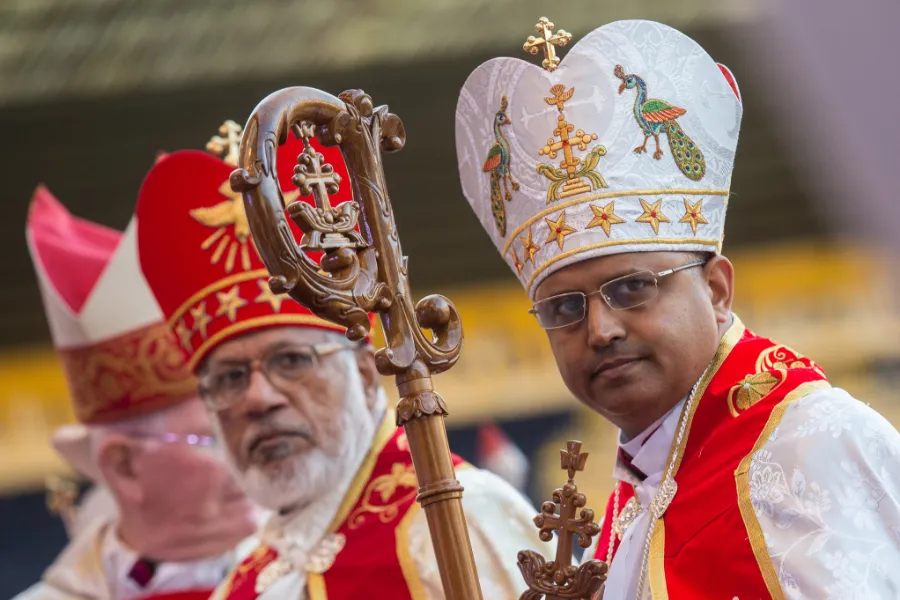India’s Syro-Malabar Catholic Church to Adopt ‘Uniform’ Liturgy
The announcement said the “uniform” or unified system of celebrating the Mass will come into effect starting on Nov. 28, the Feast of the Annunciation.

KERALA, India — India’s Syro-Malabar Church has decided to implement a “uniform” celebration of the liturgy, in which the celebrant will stand both facing toward and away from the congregation at different times, following lengthy discussions during the synod of its bishops last week.
In a pastoral letter issued on Aug. 27, Cardinal George Alencherry, head of the Church, called on the clergy and the faithful to set aside “individual preferences” and to work toward unity.
The pastoral letter is set to be read in all Syro-Malabar churches during Sunday Mass on Oct. 5.
The announcement said the “uniform” or unified system of celebrating the Mass will come into effect starting on Nov. 28, the Feast of the Annunciation.
“By effective catechesis, the uniform mode shall be gradually introduced in the whole eparchy as early as possible, not later than Easter 2022,” which takes place on April 17, the statement said.
The Syro-Malabar Catholic Church is the second-largest Oriental Catholic Church and a major archiepiscopal Church based in Kerala, India.
It is an autonomous Church in full communion with the Vatican, with self-governance under the Code of Canons of the Eastern Churches.
For years, members of the Syro-Malabar Church have been divided on how the Mass should be celebrated.
While most parishes celebrate the Mass with the priest facing the faithful, there are some dioceses where the Mass is celebrated with the priest facing the tabernacle.
There are also some parishes where the celebrant faces the people during most of the Mass time and faces the altar or turns away from the participants for brief periods of the rituals.
In his pastoral letter, Cardinal Alencherry said efforts should be made to avoid any further division on the issue of the way the Mass is celebrated. While he noted that the Syro-Malabar Church had been on the path of renewing the liturgy since 1934, he acknowledged that the COVID-19 pandemic had created unrest among Church members over the different ways the Mass was being celebrated.
He said the synod of bishops, which met online between Aug. 16 and Aug. 27 online, looked deeply into the issues related to the unified way of celebrating the liturgy.
The pastoral letter cited the call of Pope Francis in July that urged Church members to agree on the unified celebration of the Mass to strengthen the unity of the Church.
Cardinal Alencherry said the synod of bishops came up with a “unanimous decision” to implement the new modality of the liturgy that will have the priest facing the faithful during the first part of the celebration, the introductory rituals, the liturgy of the Word and the homily.
For the rest of the time, the celebrant will face the tabernacle “in the direction in which the faithful also look.” The celebrant will again turn to the faithful in the concluding part of the celebration or after the communion.
The new format is consistent with the 1999 proposal that was approved by the Congregation for the Eastern Churches, but was resisted in communities where the liturgy was celebrated with the priest facing the faithful during the entire rite.
In a letter on July 3 to the Syro-Malabar Church, Pope Francis wrote that “the Holy See looks with particular approval and encouragement to the agreement reached unanimously by the Synod of Bishops of the Syro-Malabar Church in 1999.”
The pontiff said a “uniform way of celebrating the Holy Qurbana” is “an important step towards the growth of ecclesial stability and communion within the entire body of your beloved Church.”
- Keywords:
- syro-malabar catholics
- india
- liturgy

















